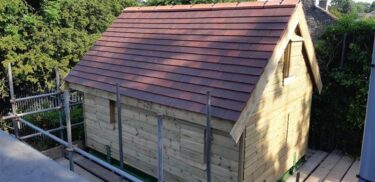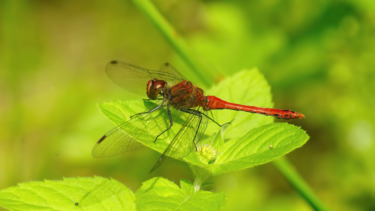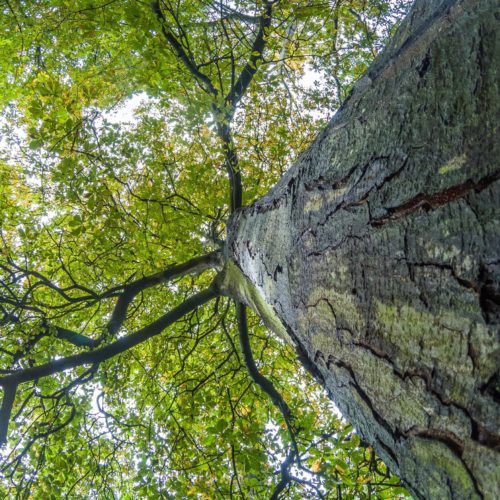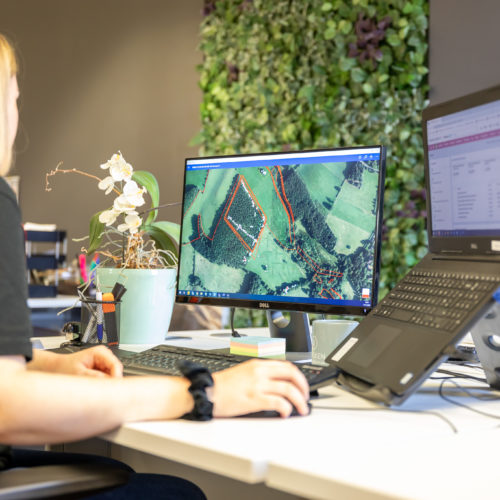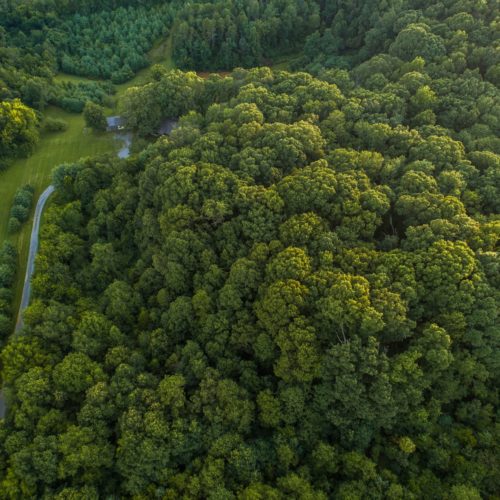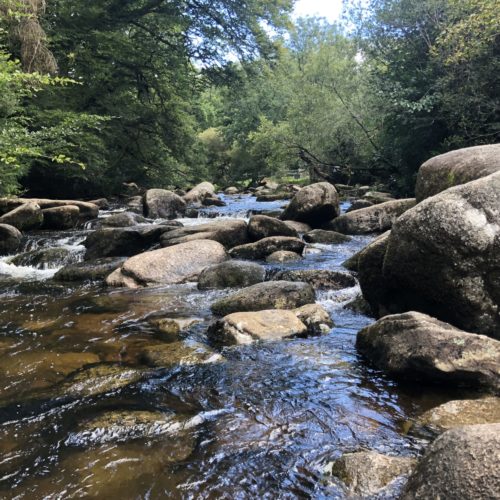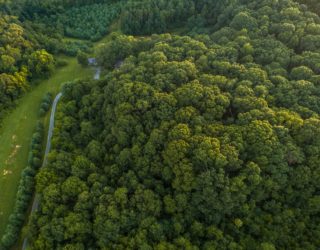Trees and development
In general terms it is expected that council policies will advocate the importance of trees in the wider environment. The same principles apply to Development Consent Orders for larger infrastructure.
In order to deliver on the local plan there are validation requirements to ensure the correct information is submitted with a planning application to demonstrate the relevant planning policies have beet met. For trees this is led by the detailed guidance on this process provided within BS5837 (2012): ‘Trees in relation to design, demolition and construction – recommendations’.
The planning authority will usually expect to see that professional advice has been obtained for the management of trees on a development site, and that this advice is in compliance with the guidelines provided in BS5837. The key supporting elements are:
Tree survey
This is a site visit to gather all of the data required for the follow-up reporting. Together with tree dimensions, the physiological and structural condition of the tree is recorded and a view on the trees’ quality and longevity is provided. Following the survey a (BS5837) Tree Constraints Plan is produced and is the basis of project design and layout.
Arboricultural Impact Assessment
A minimum supporting statement for a planning application, it sets out which trees will be retained, removed and retained with mitigation measures such as no-dig surfacing.
CAVAT
The London Plan (2021) introduced the need for tree valuations where they are to be removed for planning applications and this approach is being adopted across the country. We are experienced in using the Capital Asset Value for Amenity Trees (CAVAT) system for assigning a monetary value to trees.
Arboricultural Method Statement
Provides more details on the methodology for works on site, often submitted with a planning application to demonstrate feasibility but will generally be required for more complex sites where there is greater construction activity around trees.
Arboricultural Clerk of Works
The monitoring and supervision of sites and tasks is the final element that ensures the project delivers the retained trees ensuring their long term retention. This includes pre-commencement meetings and ongoing visits throughout construction.
Planning appeals and public inquiries
Should a planning application be refused and trees are given as a reason for removal, we can provide the technical and expert support to provide planning appeal statements and attend public inquiries.
Talk to us today so we can assist with your trees in relation to development ambitions.


